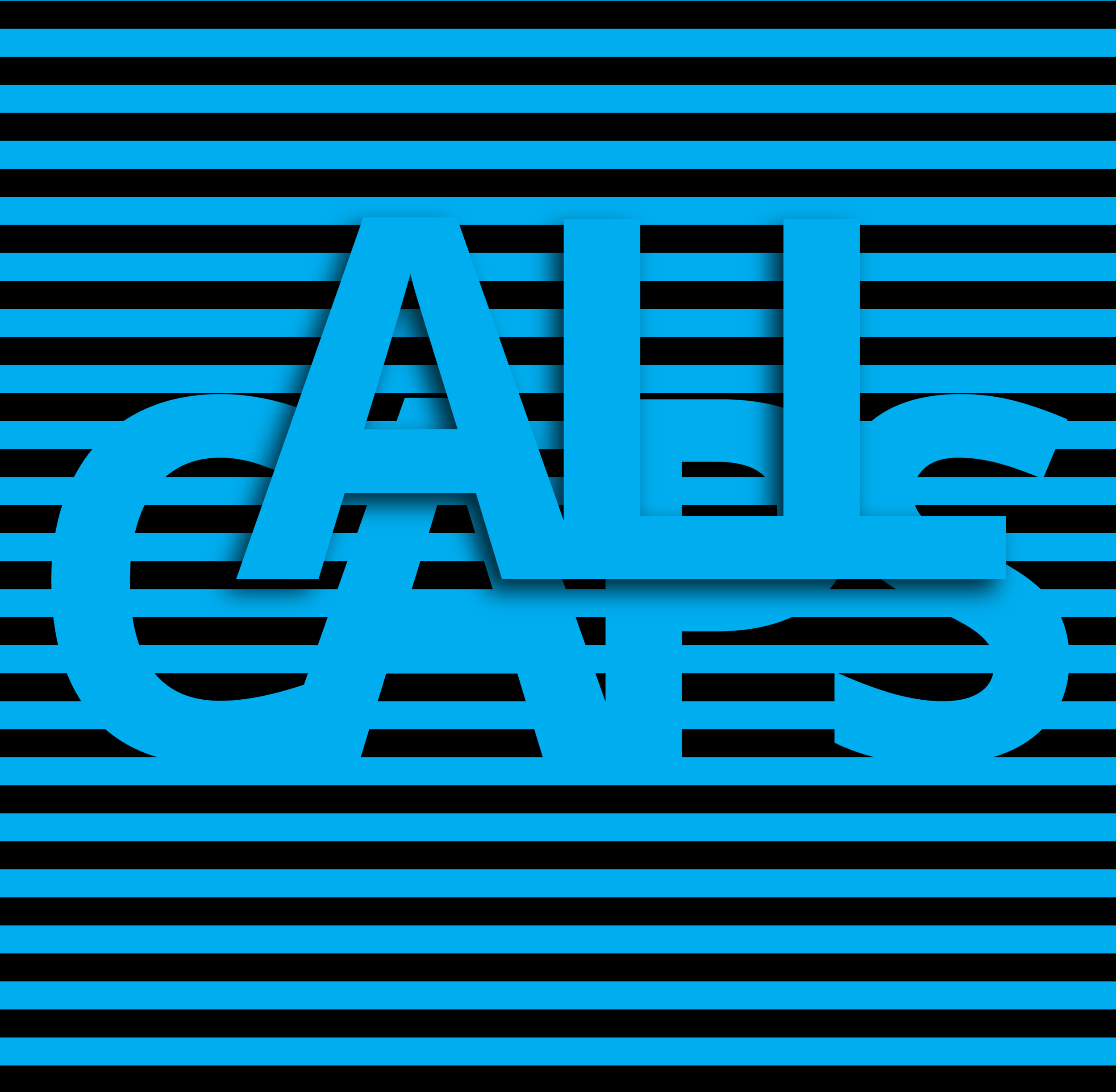How to use ellipses | And I disagree with Chicago
Some people waffle on, don’t they? Well, you don’t have to quote every little thing they say—you can skip over the fluff. The Ancient Greeks gave us so much, but the only relevant gift for this blog is the etymology for ellipses. It literally means "falling short” or “omission”, which is all you really need to know about this punctuation mark.
How do I use an ellipses?
This mark has a few functions but the signature use, if you will, is to omit words or passages of text. Here’s the key to getting it right: this punctuation mark is about journalistic integrity. That is to say, when it’s used it indicates that the author has intentionally omitted a word or passage from a piece of text or a quote—without altering its original meaning.
When omitting material, it’s good practice to maintain the integrity of the original quote. It’s also good practice to use ellipses sparingly. (Even if you use correctly, overuse in one sitting looks suspicious, messy, and you lose the integrity you’re trying to maintain.)
Original material: The staff are always attentive and friendly. They do a great job of making feel at home. The service is also timely.
With Ellipses: The staff is always attentive and friendly... The service is also timely.
However, there are more ways to dot-dot-dot than that. Outside of this, use ellipses to indicate:
An unfinished thought
An awkward silence
Trailing off at the end of a thought
Melancholy or longing
Irony or sarcasm
An intentional pause
How do you stylize this dot-dot-dot?
Everyone has a different opinion. British style tends to favour no spaces in between the dots, but a space on either side. American style varies. The Chicago Manual of Style prefers a space in between each dot. (I consider this unsightly and old fashioned.) The AP prefers to keep the dots sans space, and I agree: It’s tidier and conserves character space. Here’s what I recommend:
Style as three dots without spaces in between
Don’t add a space before
Use one space after
Exception: Add a space either side of the ellipses if indicating a pause. This will visually differentiate it from standard use and make the intentional pause clear.
“I want to buy red fruits, several breads, lots of cheese… butter, and something sparkly to drink.”
“Today is the first day of the rest of your life … Are you ready?”
Should you use a full stop with ellipses?
Yes. Of course, folks not only disagree on the mark itself, but also whether to add a full stop after it. Just like British logical punctuation, my recommendation is to add the full stop (period) when it makes sense.
If the ellipses is at the end of an incomplete sentence, omit the final full stop as it isn’t a full sentence.
If the ellipses indicates an omission between two complete sentences, or ends a complete sentence, add a full stop.
Exception: Don’t precede ellipses with a full stop... even though that’s actually illogical. This is to keep text fluid and readable—visual clutter interrupts the flow.
Oxford Style Guide: The … fox jumps …
University of Oxford Style: The…fox jumps…
Me: The… fox jumps….











